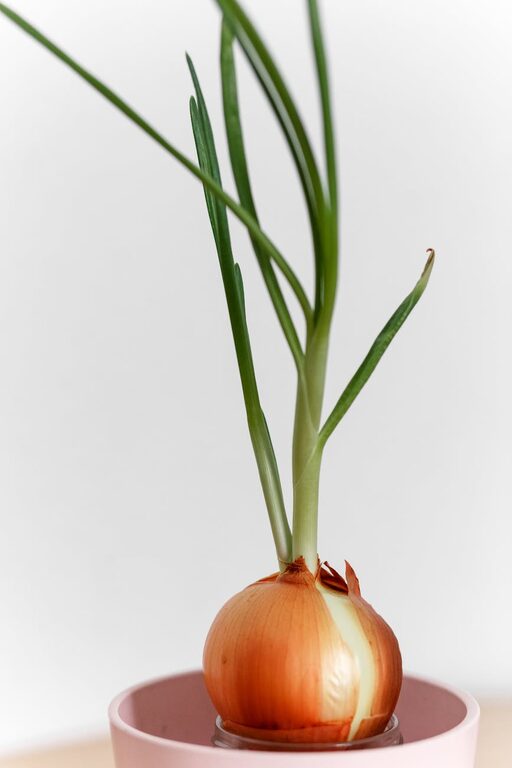How to Start a Small Herb Garden Indoors: A Beginner’s Guide

Starting a small herb garden indoors is a rewarding way to enjoy fresh herbs year-round, add greenery to your space, and enhance your cooking. Whether you have limited outdoor space or want to keep herbs readily available on your windowsill, growing herbs indoors is easier than you might think. This guide will walk you through everything you need to know to start your own small indoor herb garden.
Why Grow Herbs Indoors?
Growing herbs indoors offers several benefits:
– Convenience: Fresh herbs at your fingertips for cooking.
– Space-saving: Ideal for apartments or homes without outdoor gardens.
– Year-round growth: Herbs can thrive indoors regardless of the season.
– Aesthetics: Adds natural beauty and a pleasant aroma to your home.
– Well-being: Gardening can reduce stress and improve mood.
Choosing Herbs for Indoor Gardening
Not all herbs thrive equally indoors, so it’s best to start with varieties known to do well inside. Some of the easiest and most popular herbs for indoor growing include:
– Basil: Loves warmth and bright light.
– Mint: Grows vigorously and can tolerate lower light.
– Parsley: Prefers moderate light and regular watering.
– Chives: Hardy and requires minimal care.
– Thyme: Needs good light and well-drained soil.
– Oregano: Prefers sunny spots and doesn’t like too much water.
Choose two or three to start, depending on your space and preferences.
Choosing Containers and Soil
Containers
Select pots with good drainage holes to prevent waterlogging, which can cause root rot. Containers made from terra cotta, ceramic, or plastic work well. Consider:
– Size: About 4 to 6 inches deep per herb is usually sufficient.
– Grouping: You can plant multiple herbs in a larger container if they have similar care needs.
– Style: Match the planter style to your home decor for added appeal.
Soil
Use a high-quality potting mix designed for indoor plants, not garden soil. Look for soil that drains well but retains some moisture. Some potting mixes are specifically formulated for herbs and vegetables.
Finding the Right Location and Light
Herbs need plenty of sunlight—about 6 hours a day. A south-facing window is often ideal. If natural light is limited, consider supplementing with a grow light. Here’s what to keep in mind:
– Sunlight: Most herbs prefer direct sunlight. Rotate pots regularly for even growth.
– Temperature: Keep herbs in rooms between 65–75°F (18–24°C).
– Air circulation: Good ventilation helps prevent fungal diseases.
Planting Your Herb Garden
You have two main options for planting:
- **Starting from seeds:** This is economical and rewarding but requires more patience.
- **Buying starter plants:** Faster and easier for beginners.
Planting Steps
– Fill containers with potting mix, leaving about an inch of space from the top.
– If using seeds, follow packet instructions for planting depth and spacing.
– If transplanting seedlings, gently loosen roots before planting.
– Water thoroughly but avoid soggy soil.
– Label each pot to keep track of your herbs.
Caring for Your Indoor Herb Garden
Proper care ensures healthy growth and flavorful herbs.
Watering
– Water when the top inch of soil feels dry.
– Avoid overwatering; allow excess water to drain out.
– Use room-temperature water for best results.
Feeding
– Use a balanced liquid fertilizer every 3-4 weeks during the growing season.
– Follow the instructions carefully to avoid over-fertilizing.
Pruning
– Regularly pinch or trim herbs to encourage bushier growth.
– Harvest leaves as needed, but avoid removing more than one-third of the plant at a time.
Troubleshooting Common Issues
– Yellow leaves: May indicate overwatering or insufficient light.
– Leggy growth: Often due to inadequate sunlight; rotate plants or add grow lights.
– Pests: Watch for aphids or spider mites; clean leaves and use natural remedies if needed.
Additional Tips for Success
– Consider grouping herbs with similar care needs together.
– Use saucers under pots to protect your furniture from water damage.
– Keep a humidity tray or mist herbs lightly if your indoor air is very dry.
– Experiment with unusual herbs like lemon balm or cilantro as you gain confidence.
Harvesting and Using Your Herbs
Begin harvesting once your herbs have enough growth—usually when the plants are about 6 inches tall. Fresh herbs add wonderful flavor to salads, soups, and sauces. You can also dry herbs for longer storage or freeze chopped leaves in ice cube trays with a little water or olive oil.
Conclusion
Starting a small herb garden indoors is a fun and practical project that brings fresh flavors and greenery to your home. With the right herbs, containers, and care, you can enjoy homegrown herbs throughout the year. Give it a try—you might be surprised how quickly your indoor garden grows!
—
By following these steps and tips, you’re on your way to successfully cultivating a thriving indoor herb garden. Happy gardening!
